Examples of Newton’s Second Law of Motion in Everyday Life
Newton’s second law of motion states that the net force acting upon a body is the product of mass and acceleration. In other words, Newton’s second law of motion can be defined as the rate of change of momentum being directly proportional to the force acting upon it and it happens in the direction of the force. Here are 25 Newton’s Second Law of Motion examples:
- When you push a book with twice the force, it accelerates at twice the rate.
- A soccer player kicking a ball harder makes it accelerate faster.
- A car accelerates when the driver presses the gas pedal.
- Flicking a lighter requires a small force to create a large acceleration.
- Swinging a baseball bat with more force increases the speed of the swing.
- Pushing a shopping cart with more groceries requires a greater force to accelerate it.
- When a rocket engine ignites, the force it generates propels the rocket into space.
- When a person jumps off a diving board, they exert force on the board, causing it to accelerate.
- Riding a bicycle requires pedaling to provide the force for acceleration.
- A basketball player dribbling the ball exerts force to control its motion.
- Pushing a lawn mower forward accelerates it due to the applied force.
- Rowing a boat involves applying force to the oars, causing the boat to move.
- A skydiver falling faster experiences greater air resistance due to higher acceleration.
- Using a slingshot requires a pulling force to accelerate the projectile.
- A weightlifter lifting a heavier weight requires more force for acceleration.
- An ice skater pushes off the ice to accelerate in a specific direction.
- A car’s brakes apply force to slow down and eventually stop the car.
- A swimmer kicks their legs to accelerate in the water.
- A person using a pogo stick bounces by applying force to the ground.
- An archer’s arrow accelerates when the bowstring is pulled back.
- A rocket launching into the sky generates tremendous force for acceleration.
- A person using a sled pushes off with their feet to accelerate downhill.
- A skateboarder pushes the skateboard to increase its speed.
- A car’s engine provides the force necessary for acceleration on the road.
- A roller coaster accelerates due to the force applied by the tracks and gravity.
These examples demonstrate how Newton’s Second Law of Motion relates force, mass, and acceleration in various everyday scenarios.
We apply Newton’s second law of motion to understand the motion of objects at various physical phenomena. This phenomenon ranges from the movement of a rocket up in space to a car running on the road. Here is a detailed explanation of some of the examples of Newton’s second law of motion that applies to us in our day-to-day activities:
Car on a Highway

When a car is speeding on a highway, two physical variables in form of force, and mass would play a major role in the car. The engine of the car will force it to move on the road. Hence, the car engine is responsible for the force moving the car.
Additionally, the mass of the car will determine it is acceleration. This is because when the mass of the car is very large, the weight of the car might reduce the acceleration due to the force of gravity.
Thus, the car will accelerate at a lower speed when we compare it with an acceleration of a car with a lighter mass.
Skydiver
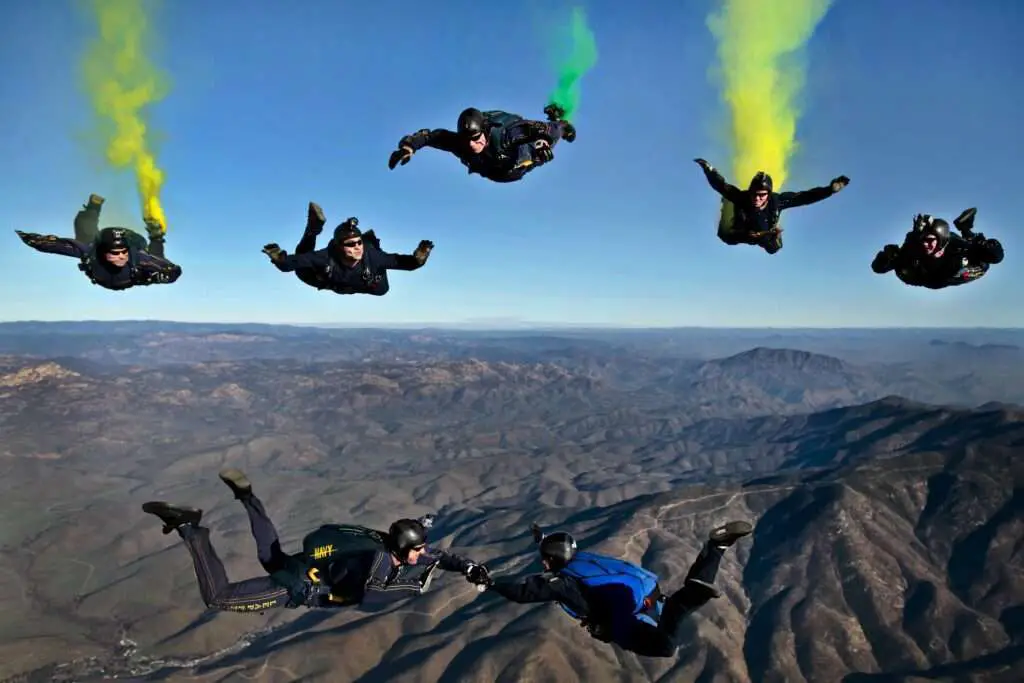
When a skydiver is falling to the ground, his body will accelerate downward. The mass of the skydiver is proportional to his acceleration. The mass of the skydiver determines his acceleration. The skydiver will accelerate at a constant rate until they reach terminal velocity.
Additionally, the force acting on the skydiver will pull him to the ground. Therefore, we can easily identify that type of force as the force of gravity. Hence, the force of gravity and mass of his body plays a vital role in bringing him down to the ground.
A Hockey Puck
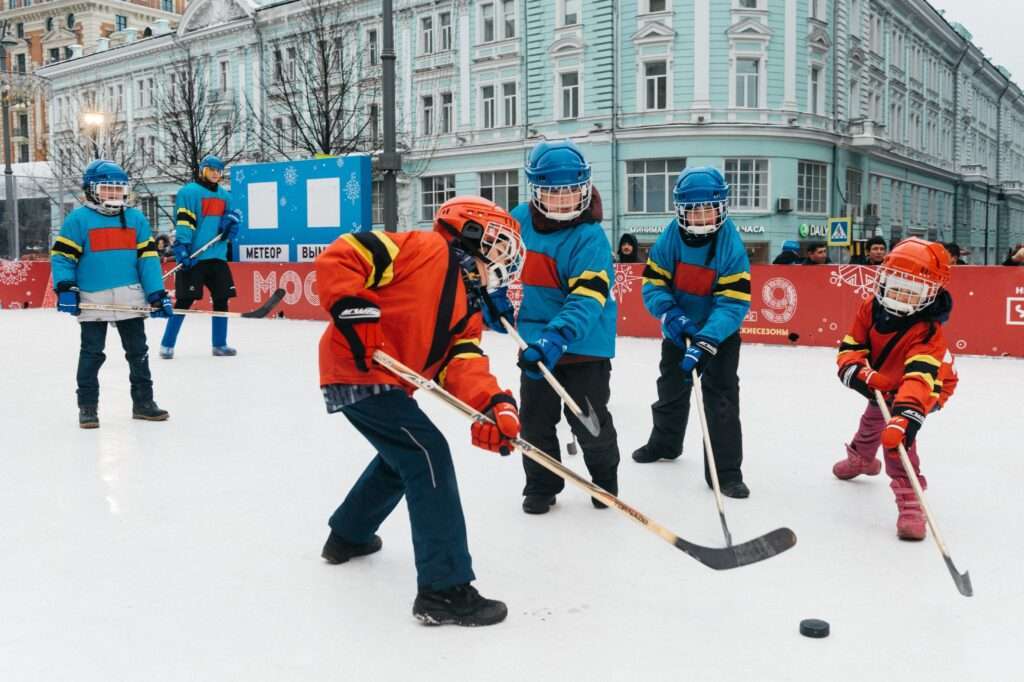
Another example of newton’s second law of motion is when a hockey puck is sliding on the ice. As the puck slides on the ice, there is always a force of friction that is decreasing its acceleration. Therefore, the mass of the hockey puck plays a vital role in influencing its acceleration.
The frictional force between the hockey puck and the ice will resist and limit the acceleration of the puck. If enough force is applied to the puck, it will accelerate toward its target. We can now see that a hockey puck sliding on also obeys newton’s second law of motion.
Rocket

When we launch a rocket into space, it accelerates toward a specific destination. As the rocket continues to move upward, the engine will continue to work. During this process, the fuel in the engine will be burnt, and the rocket will be lighter. Hence the acceleration of the rocket will continue to increase.
The above smooth operation of the rocket is only possible thanks to a decrease in mass (from the burnt fuel). As the fuel of the rocket continues to decrease, the mass of the rocket will also continue to decrease. When the mass of the rocket decreases, the rocket will be lighter and the force pushing it upward will increase. The force that is acting on the rocket is called thrust and it was influenced by the working of the engine.
When the thrust of the rocket increases, the rocket will accelerate into space.
Shopping Cart

When you visit a supermarket, you are bound to push a shopping cart because of the items you bought. The shopping cart makes it easy for you to push all the items you have bought at once. While pushing the shopping cart, you must apply force to make it move.
Additionally, the mass of both the shopping cart and the items inside plays a role in determining the acceleration of the cart. Buying many items will increase the mass of the cart and hence demand more force to make it accelerate.
Therefore, as you push a shopping cart toward your car. You are applying newton’s second law of motion.
A Baseball Hit by a Bat

In this case, the force of the bat will hit the ball and causes it to accelerate. The mass of the ball is a very important factor in deciding its acceleration. Additionally, the greater the force, the higher the acceleration of the ball.
An Airplane
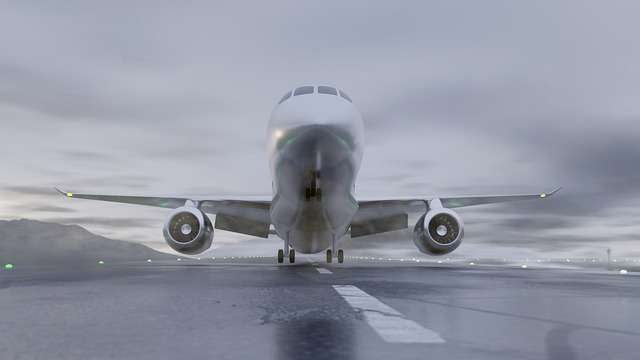
We have an airplane as another one of newton’s second law of motion examples. When an airplane is about to take off, its engine forces the plane to accelerate on the runway. This acceleration helps the plane to conquer its weight through the force of lift.
A Boat Rowing Through Water
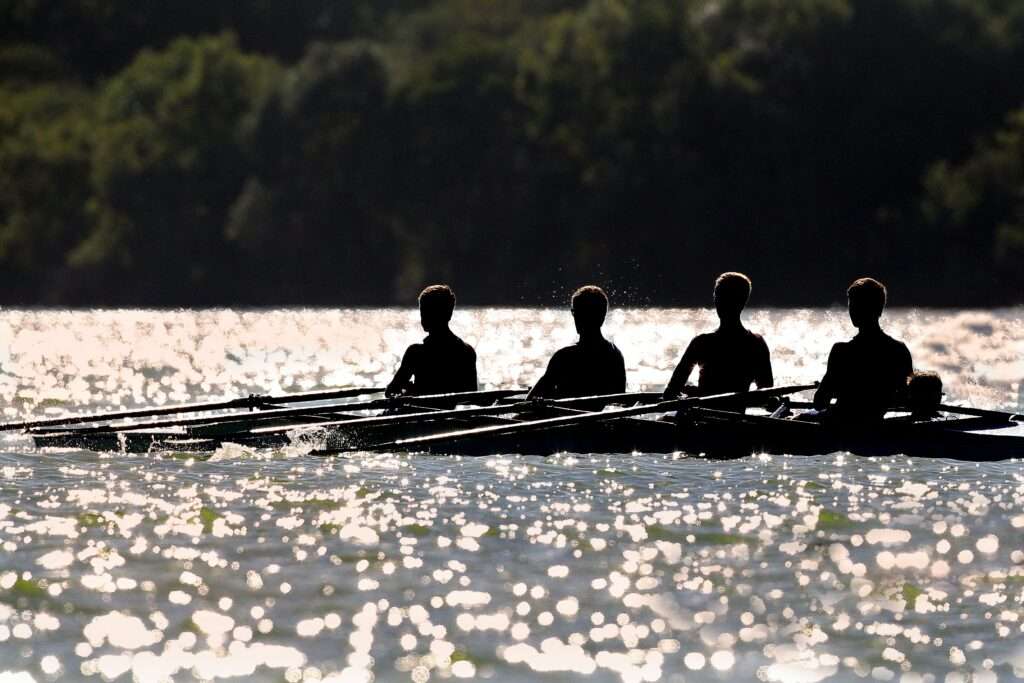
The oars of a boat rowing through water help to propel the boat in the water. Therefore, the oars influence the force of the boat, while the mass of the boat and its passengers determines the acceleration of the boat on the water.
Stronger and more people can influence the force of the boat and make it run faster. Therefore, with the right people controlling the boat, you stand a chance to win the boat game. This practical experience affirms the application of newton’s second law of motion in real life.
A Soccer Ball
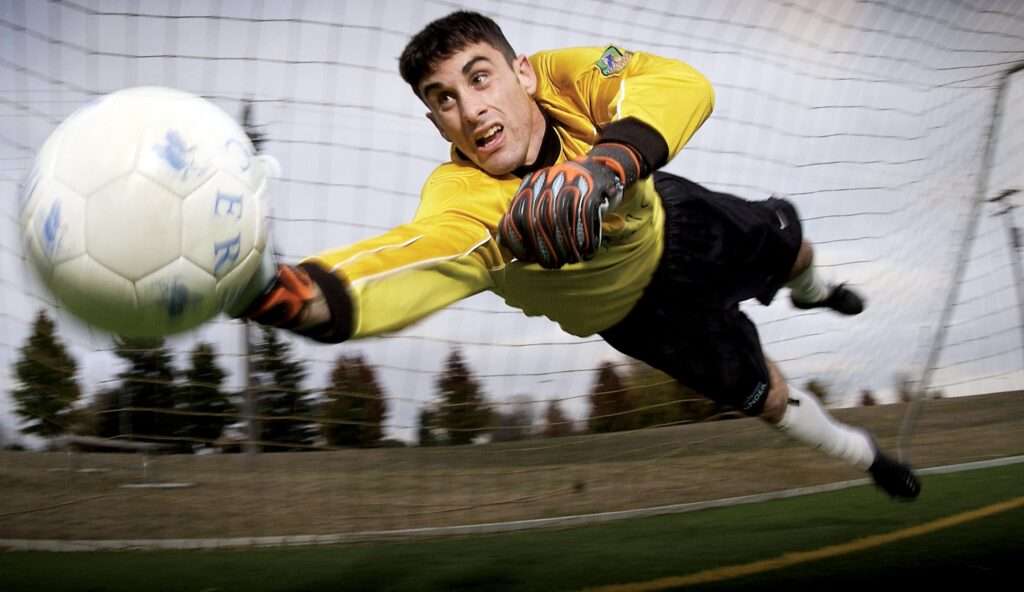
When a football player hits a ball, he applies force on the ball thereby causing it to accelerate. Additionally, the ball is made lighter by adding air into it, this helps the ball to accelerate as soon as the force of the leg is applied to it.
A Basketball
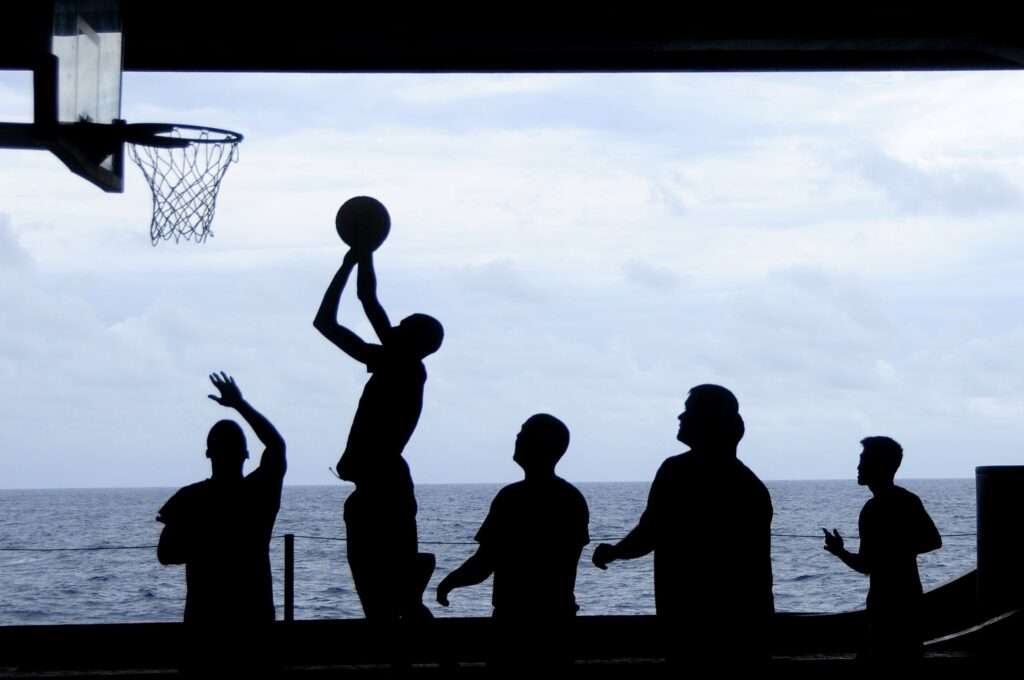
A basketball player applies force from his biceps to throw a ball into the net. As he throws the ball, its acceleration is proportional to the force he applied and the mass of the basketball.
Understanding Newton’s Second Law of Motion?
Newton’s second law of motion is the vehicle behind the motion of bodies around us. The law is one of the fundamental principles of physics. It was stated by a renowned physicist and mathematician called Isaac Newton. Newton hailed from England and lived between 1642 AD to 1727 AD. He came up with 3 laws of motion, and we shifted our focus to the second law and its examples.
Here is the mathematical definition of this law:
Force ∝ change in momentum / time taken
And momentum is the product of mass and velocity. We can write this statement in a mathematical way as
Momentum = mass x velocity
Thus, change in momentum = (mass x final velocity) – (mass x initial velocity)
Hence, change in momentum = mv – mu
Now we can define newton’s second law as
F = (mv – mu)/t [where t = time taken]
since acceleration = (final velocity – initial velocity)/time taken
which is a = (v – u)/t
Thus, F = m(v – u)/t which can be rewritten as F = ma
Therefore, we write Newton’s second law of motion in a mathematical way as F = ma
and F = force,
m = mass of the body, and
a = acceleration of the body
The unit of force is in Newton, mass in kilogram, and acceleration in meters per second square.
You may also like to read:
Speed, Velocity, and Acceleration Problems
Sources: